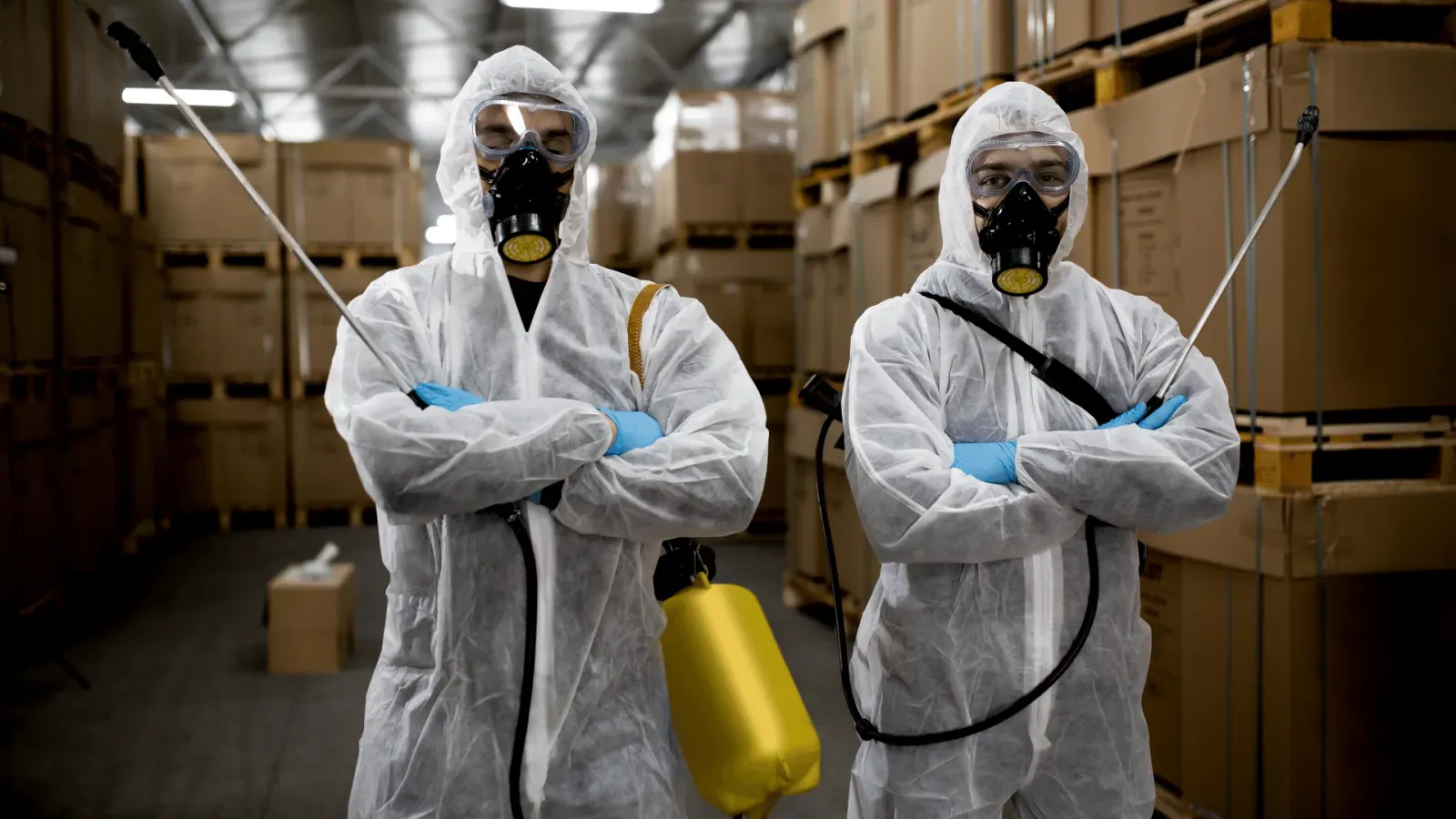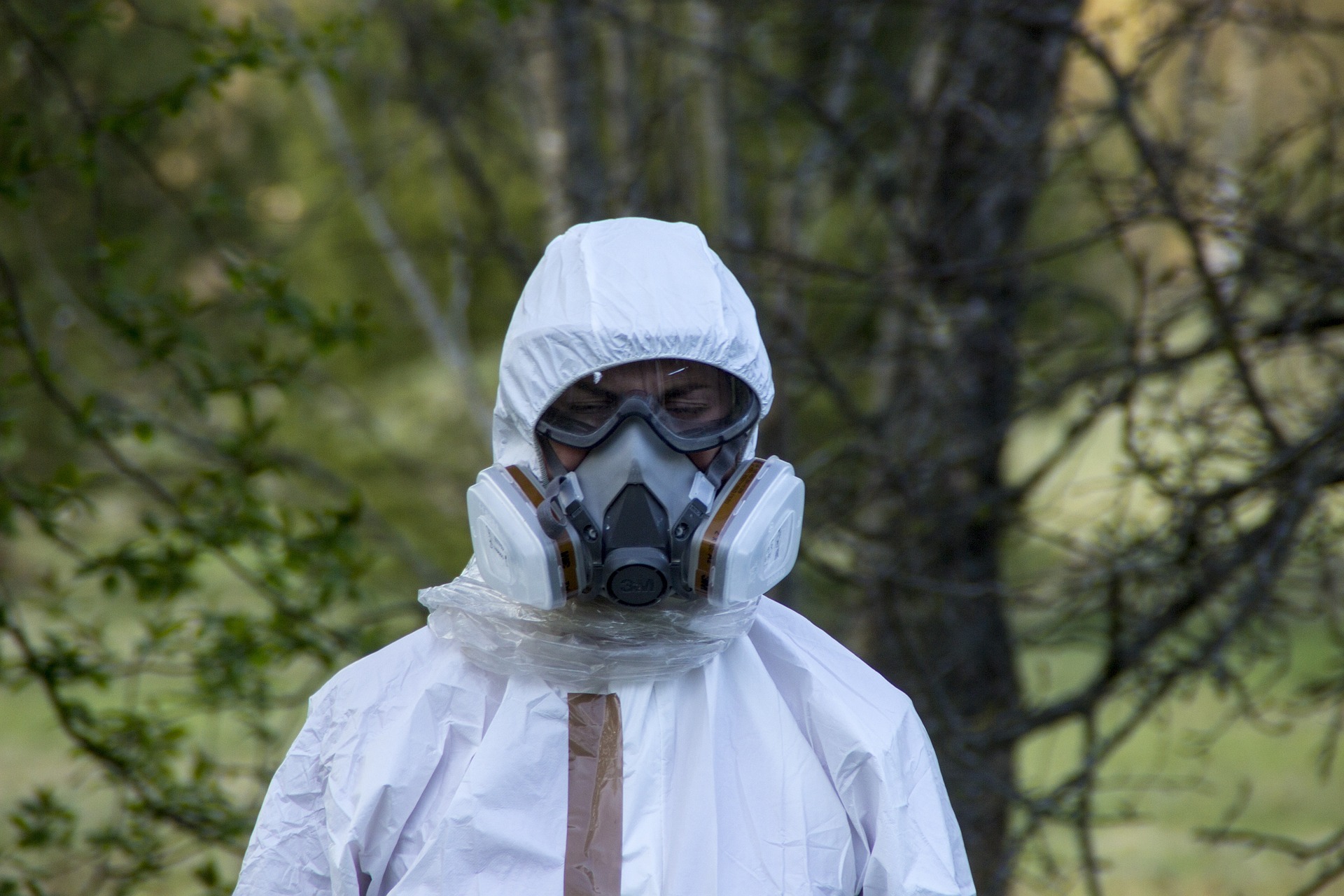Environmental Health and Safety in Schools: An Overview


Our nation’s schools are experiencing an environmental health crisis. Every day over 53 million children and six million adults in elementary and secondary schools are exposed to environmental hazards that harm their health, and oftentimes, their education.
Unfortunately, despite the fact that children are much more susceptible to complications from environmental hazards, many schools across the nation are unable to protect their students from harm. Part of the problem may be that-aside from asbestos, lead and radon-children are not offered protection from environmental and chemical hazards by the Federal government. While adult workers are offered protection through government regulations and guidelines, there are no comparable measures in place for children when they go to school.
In some instances, children may benefit indirectly from schools’ compliance with Occupational Safety and Health Administration (OSHA) and National Institute for Occupational Safety and Health (NIOSH) standards. However, these organizations do not offer guidelines or requirements for investigating the impact that exposure to environmental hazards has on students’ health.
Children & Increased Risk
Providing children with healthy, comfortable learning environments is essential to both their health and academic success. Because children’s bodies are still growing and developing, they are at a greater risk for developing health problems when exposed to environmental and chemical hazards. Resulting health problems and uncomfortable learning environments can in turn affect students’ ability to concentrate and learn in the classroom.
In the short-term, exposure to harmful substances throughout the school day can lead to temporary health issues like eye, nose and throat irritation; fatigue; and headaches, or to more serious health problems, like asthma. Regular exposure has also been found to cause serious long-term health effects, including cancer and damage to the liver, kidneys, and respiratory and nervous systems, among others.
Furthermore, exposure to environmental hazards can have a significant impact on students’ education by decreasing their attendance, ability to focus, and overall performance in the classroom.
Asthma
Environmental hazards pose some of the greatest risks to children who suffer from asthma. According to the Children’s Environmental Health Network, over seven million children in the United States suffer from asthma with more children being diagnosed every day. It is the third leading cause of hospitalization among children under 15 and the leading cause of absenteeism from school due to a chronic illness.
Many asthma triggers include the environmental hazards that children are exposed to every day in school, including commercial products (paints, pesticides and cleaning agents), molds, polluted air, ozone, and other factors related to poor indoor air quality. Some environmental risks, like ozone, have even been linked to causing asthma in children. Unfortunately, children are at an increased risk for developing asthma due to environmental factors because their lungs are still developing.
ADHD
The increasing prevalence of learning disabilities like ADHD (Attention Deficit-Hyperactivity Disorder) among school children has also lead to speculation that environmental factors may be a cause. In fact, exposure to some environmental hazards like pesticides, lead and methyl mercury has been found or suspected to cause brain and nervous system disorders.
Types of Environmental & Chemical Hazards
The environmental hazards that school children are exposed to can be divided into three major categories:
Air Pollutants and Indoor Air Quality
Maintaining good Indoor Air Quality (IAQ) is especially important in schools. Because children’s lungs are smaller and less developed than adults’, they are more likely to experience complications from indoor air pollutants. Additionally, children require more oxygen and breathe at a faster rate than adults, so they exposed to disproportionate levels of pollutants and other irritants throughout the school day. Inhalation of pollutants put children at an increased risk for asthma, and put those children who already suffer from asthma at an increased risk for attacks.
Some of the major air pollutants children might be exposed to at school include mold, radon, organic vapors and volatile organic compounds (VOCs). Additionally, the quality and efficiency of HVAC and ventilation systems in schools can affect the spread and concentration of irritants and pollutants throughout the school.
Toxic Hazards
Many other toxic environmental and chemical hazards can be found in schools. Some major hazards may be a part of the school building itself. For example, asbestos, lead, mercury and PCBs can be found in the building materials, paints, pipes, switches, and lights used in many school buildings. Other toxic hazards can be found in the products schools use on a regular basis. These might include pesticides used to control bugs, bacteria and weeds, or chemicals used in art, chemistry and other classes.
Additionally, it is also important to investigate how these environmental and chemical hazards affect the school’s drinking water. It is not uncommon for high concentrations of synthetic chemicals, bacteria and lead from lead pipes to contaminate water systems, especially in schools with older plumbing systems.
Outdoor Pollutants
Children are exposed to environmental hazards not only in the classroom, but also outside on the playground and campus grounds. When children are outside, they may be exposed to high levels of smog and pollution, as well as pesticides used on campus grounds to control weeds and bugs. Children are also at risk for exposure to high levels of diesel gas exhaust from school buses, especially if the buses have been idling for an extended period of time.
Our Environmental Health in Schools Series
This is the first installation in a series of articles AMI Environmental will be publishing on environmental hazards in schools. Keep an eye out for our next Tech Bulletin, which will take an in-depth look at Indoor Air Quality and the effects of indoor air pollutants on children’s overall health, asthma rates and performance in school.
How can you help organizations comply with the standard and fully protect building occupants?
At AMI Environmental, our main goal is to assist clients and create a safe building environment, while adhering to laws and regulations. With decades of experience, our Industrial Hygiene Professionals’ purpose is to help our clients not only protect building occupants, but also manage risk. Once we’ve done our job, you can enjoy the peace of mind that everyone will be protected from harm. AMI will work to establish and maintain a safe work environment, including surveying your facility for risks; provide testing within your facility; maintain testing protocol; and assist in the recording process. If you have any questions or concerns, please contact Dan Taylor at dantaylor@amienvironmental.com.
Environmental Health in Nebraska’s Schools
Number of Public Schools: 1,127
Public School Students: 298,500
Number of Minority Students: 87,295
Number of Employees in School System: 45,509
Children under 18 with Asthma: 6.1%
Children Diagnosed with ADHD: 9%
Students in Special Education Program: 44,299
Schools with at least one Inadequate Building Feature: 44%
Schools with at least Unsatisfactory Environmental Factor: 61%
Nebraska also does not have/require the following measure that could help protect students from environmental factors:
State-Adopted OSHA Plan
School Building Assessments
School Facilities Department
School Green Cleaning Laws
High Performance Green School Design
Periodic Inspection of Drinking Water Outlets for Lead
Integrated Pest Management Plans
Statistics provided by healthyschools.org
related blogs

Why Indoor Air Quality Investigations is a Necessity in These Times?

Few Important Tips to Help You Select Environmental Consulting Services!




